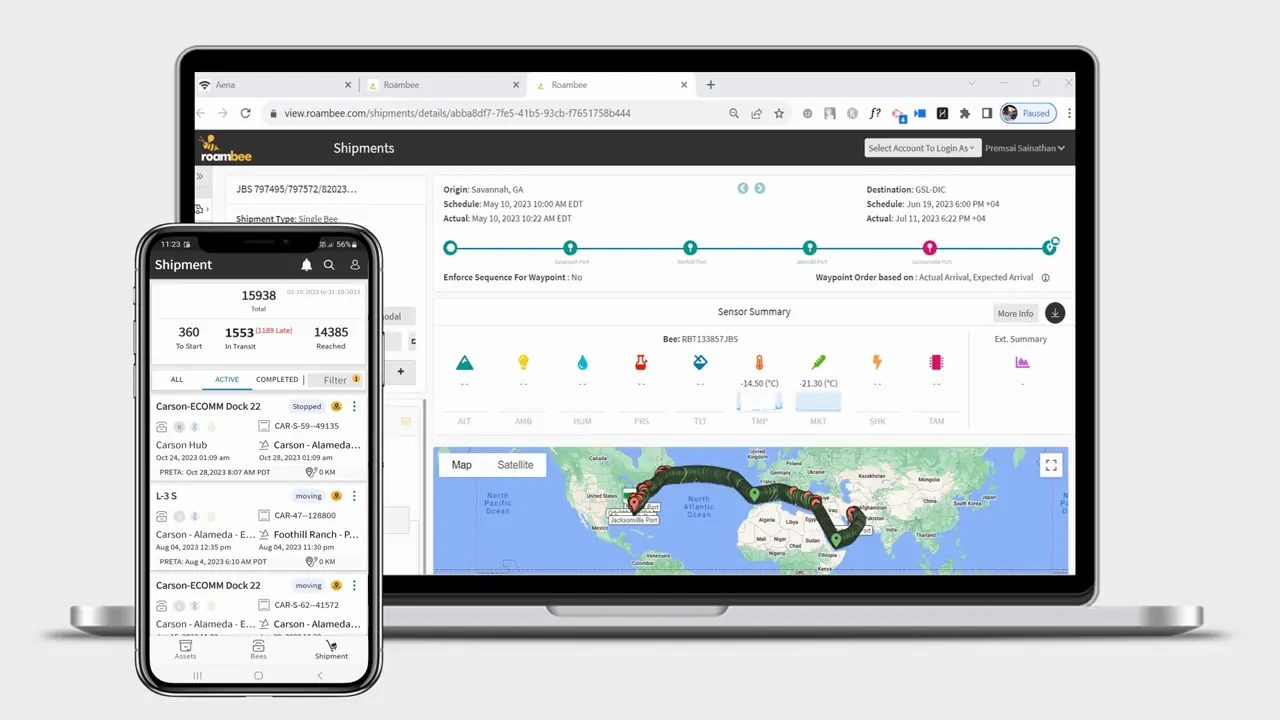Better Visibility & Intelligence for Ocean Freight
Deliver bulk loads, full cargo loads (FCLs), cargo barges, and less-than cargo loads (LCLs) through ocean mode on time and in full (OTIF), meeting quality controls (QC) by automatically capturing every shipment milestone and utilizing sensor-driven intelligence for precise forecasting and mitigation of disruptions across the multimodal network.
Comprehensive Solutions for Diverse Industries
Harness the power of our end-to-end solutions, tailored to meet the unique demands of various sectors, ensuring efficiency, reliability, and excellence in every step.

Pharma &
Life Sciences

Food &
Beverages

Chemicals

Electronics

Automotive

Logistics Service
Providers
Challenges in Achieving Transparent Ocean Freight Tracking
The predominant approach to tracking ocean freight or freight through inland waterways today involves transport visibility aggregation, which presents several challenges.
CHALLENGE #1
Unverifiable, time-delayed, and unactionable information about the products and orders.
CHALLENGE #2
Visibility at an order level with no insight into network disruptions caused by individual containers or a group.
CHALLENGE #3
Complete lack of information on the condition & security of the cargo.

How Roambee Works for Ocean Freight Visibility & Intelligence
Visibility
Better visibility by combining order information with real-time location and condition data from IoT sensors programmed for ocean hauls and data streams from port operations, vessels, marine traffic, freight forwarders, and carrier data aggregation platforms.
Alerts & Signals
Built on verifiable visibility, alerts & signals empower better decisions and drive automation. For example, a business signal about missed containers is derived by sensing milestone anomalies, enabling you to minimize ocean cargo delays.
Intelligence
Use AI-powered network insights & foresights for better supply chain planning & execution. For example, score on-time, in-full (OTIF) performance by lane, port, and freight forwarder and forecast this key performance indicator (KPI).
Experience the Power of Roambee
Experience the Power of Roambee
Alerts & Signals to Help You Make the Right Decisions
Empower your decision-making with real-time alerts and actionable business insights, ensuring timely responses to any disruptions or anomalies in your ocean freight operations.
Shipment Signals

Loading & Unloading

Departure & Arrival
Waypoints

Route Deviation

Customs Clearance

Electronic Proof of
Delivery (ePoD)

Temperature & Humidity
Excursion

Mean Kinetic
Temperature (MKT)

Time Out of
Refrigeration (TOR)

Tilt & Shock

ETA & Delay Signals

Pick-up & Delivery

Location & Geofencing

Authorized & Unauthorized
Door Opening

Barge Convoy Consolidation
and Deconsolidation

Loading & Unloading

Departure & Arrival
Waypoints

Route Deviation

Customs Clearance

Electronic Proof of
Delivery (ePoD)

Temperature & Humidity
Excursion

Mean Kinetic
Temperature (MKT)

Time Out of
Refrigeration (TOR)

Tilt & Shock

ETA & Delay Signals

Pick-up & Delivery

Location & Geofencing

Authorized & Unauthorized
Door Opening

Barge Convoy Consolidation
and Deconsolidation
Business Signals

Delivery Time Windows

Order Fulfilment

Revenue Recognition

Delivery Time Windows

Order Fulfilment

Revenue Recognition

Cold Chain Compliance Prediction

Custody/Security Breaches

Cargo Handling (Damage)

Cold Chain Compliance Prediction

Custody/Security Breaches

Cargo Handling (Damage)

Port Operation Anomalies: Wrong/Missed Connections, Customs Processing, etc.

Container Rain Impact

Container Security Risk

Port Operation Anomalies: Wrong/Missed Connections, Customs Processing, etc.

Container Rain Impact

Container Security Risk
Business Outcomes with
Roambee
Business Outcomes with Roambee
Enhance your ocean freight operations with Roambee. Experience real-time visibility, boost order fulfillment, drive sustainability, and accelerate financial processes for supply chain excellence.
- Orchestrate the flow of goods & use real-time visibility to collaborate seamlessly across all parties involved in the first mile, at ports, during transhipments, and in the last mile with a single source of truth.
- Increase revenue by delivering a flawless order fulfillment experience and building transparency.
- Build a sustainable supply chain by increasing your share of carbon footprint, including Scope 3 emissions.
- Automate your order-to-cash process to speed up receivables and reduce working capital.
Empowering you with our Intelligence
Harness the power of AI-powered analytics and AI-powered insights, tailored to optimize your ocean freight operations and drive strategic decision-making.

Insights
- OTIF performance scoring by lanes, carriers, and nodes.
- Quality Compliance (QC) performance across lanes, carriers, and nodes for cold chain and handling.
- Dwell-time/Turnaround time (TAT) insights into ports, transshipments, and shipping operations.

Foresights
- Supply risk prediction at any given node on any given day.
- OTIF and cold chain compliance SLA (service level agreements) predictions by lanes and carriers.
- Handling and security risk predictions at ports, transshipment locations, and during the first/last mile.
Streamlining Ocean Shipping for a Leading Electronics Giant
- About: A premier US-based electronics manufacturer grappling with extended dwell times in ocean shipping.
- Roambee's Intervention: Identified 4 pivotal lanes responsible for over 55% of dwell time inefficiencies and pinpointed specific problem areas.
- Results: Elevated ocean shipment speeds by over 20% and reduced inventory costs at central distribution hubs.
- Impact: Delivered enhanced efficiency, timely shipments, and significant cost savings.
Resources on Visibility & Intelligence

Webinar
Part 1: Telematics Aggregation vs. Sensor Driven Supply Chain Visibility

Guide
The Complete Guide to Food Supply Chain Management



